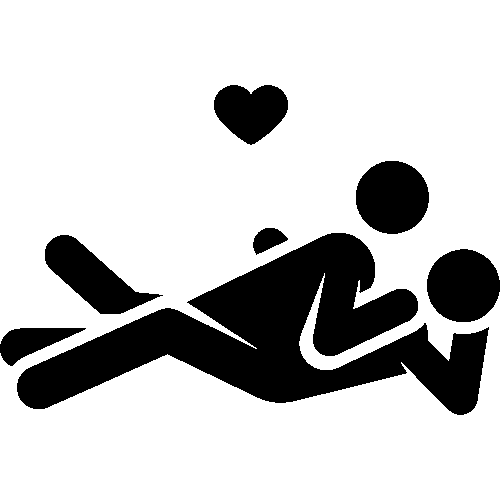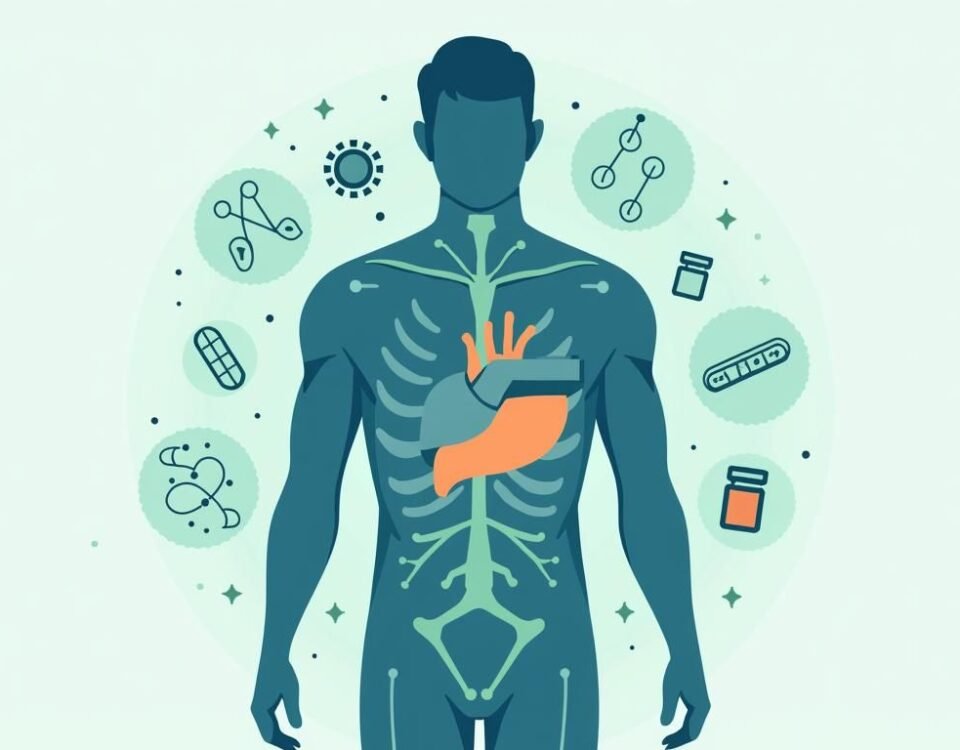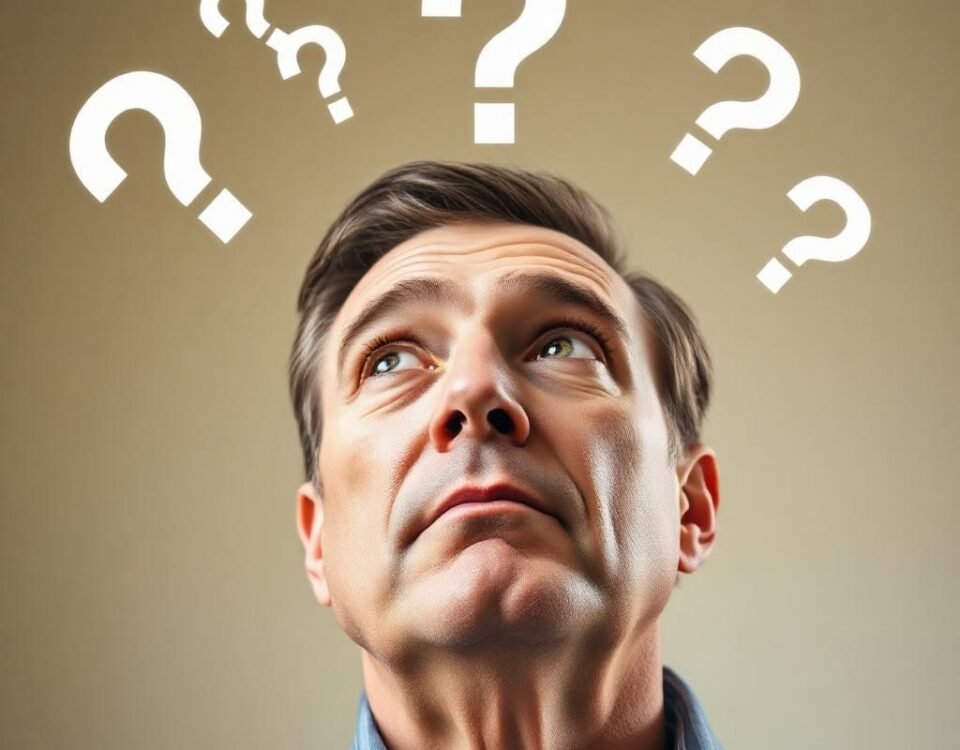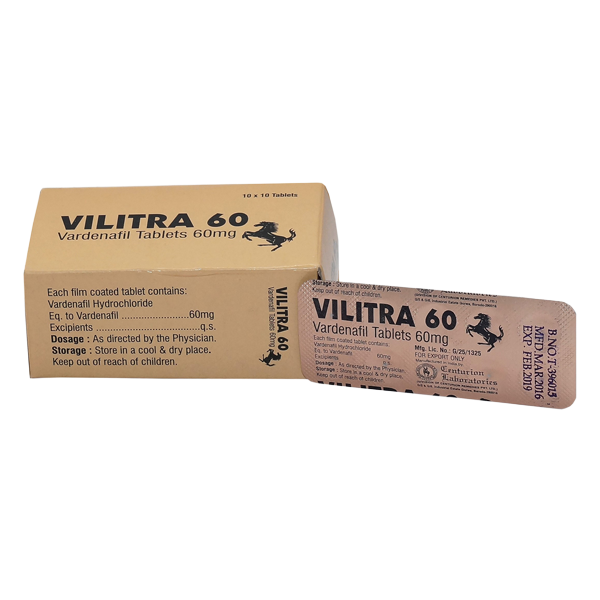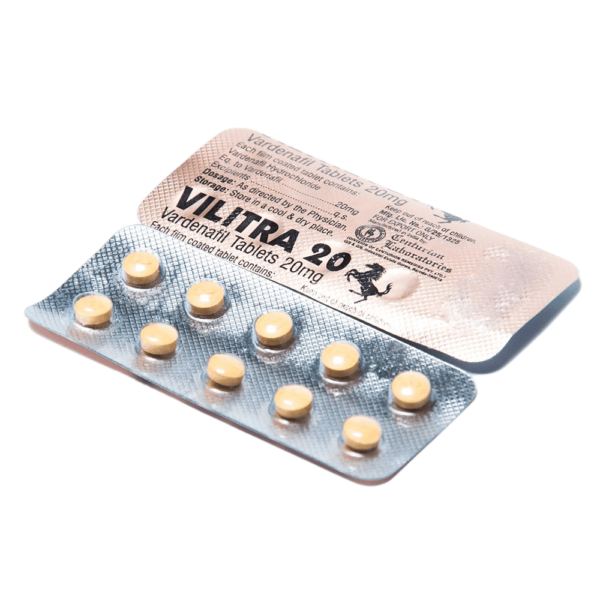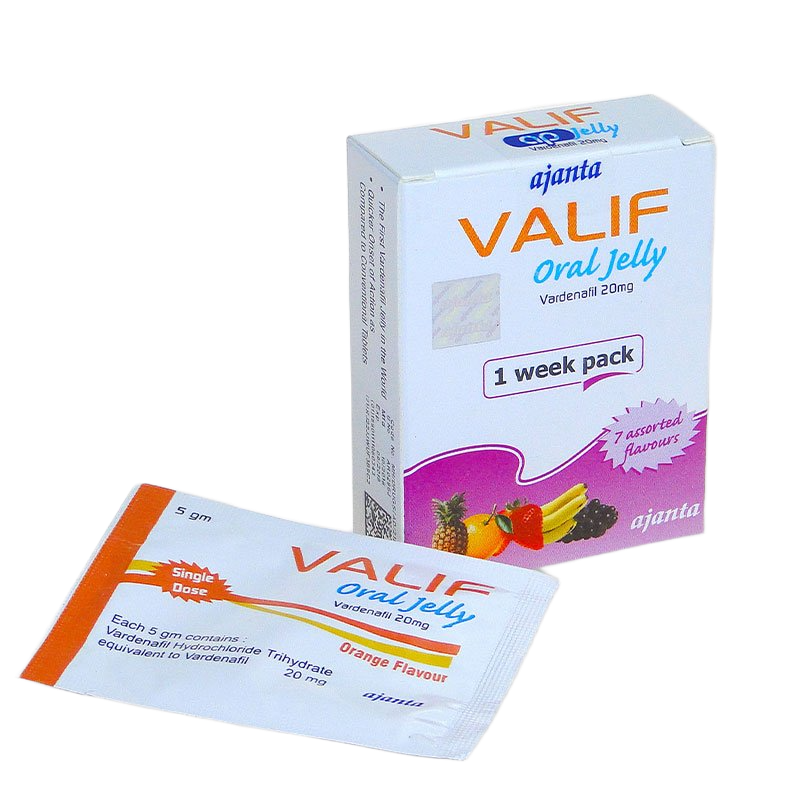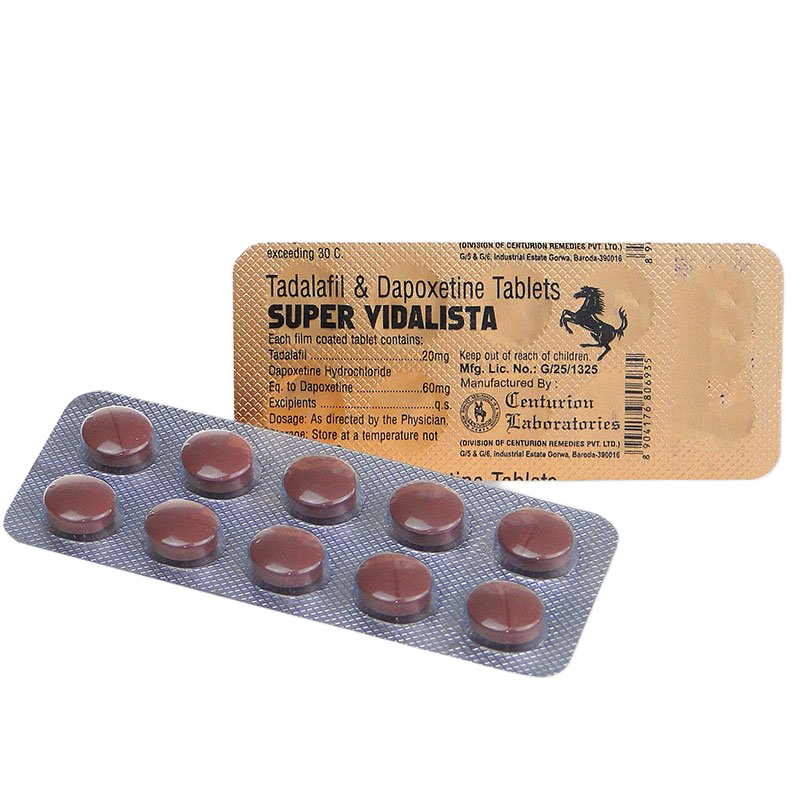Generic medicines are equivalent to originator medicines that can be marketed after patent protection has expired.
They appear on the market in different forms - either as branded variants with their own trademark, or as unbranded versions using only the names of the active ingredients.
Generics are an important part of health systems in most countries and contribute to reducing the cost of treatment, while increasing the availability and quality of healthcare.
Generic medicines have the same active ingredient composition, dosage form, dosage, route of administration and therapeutic effect as their original counterparts. Before they are placed on the market, they must go through an approval process that assesses their bioequivalence, i.e. the rate and speed at which the active substance enters the bloodstream.
All generic medicines are subject to strict quality control by regulatory authorities - for example, the State Institute for Drug Control (SÚKL) in the Czech Republic or the EMA at EU level. These institutions ensure that generics meet the same safety criteria as originator medicines.
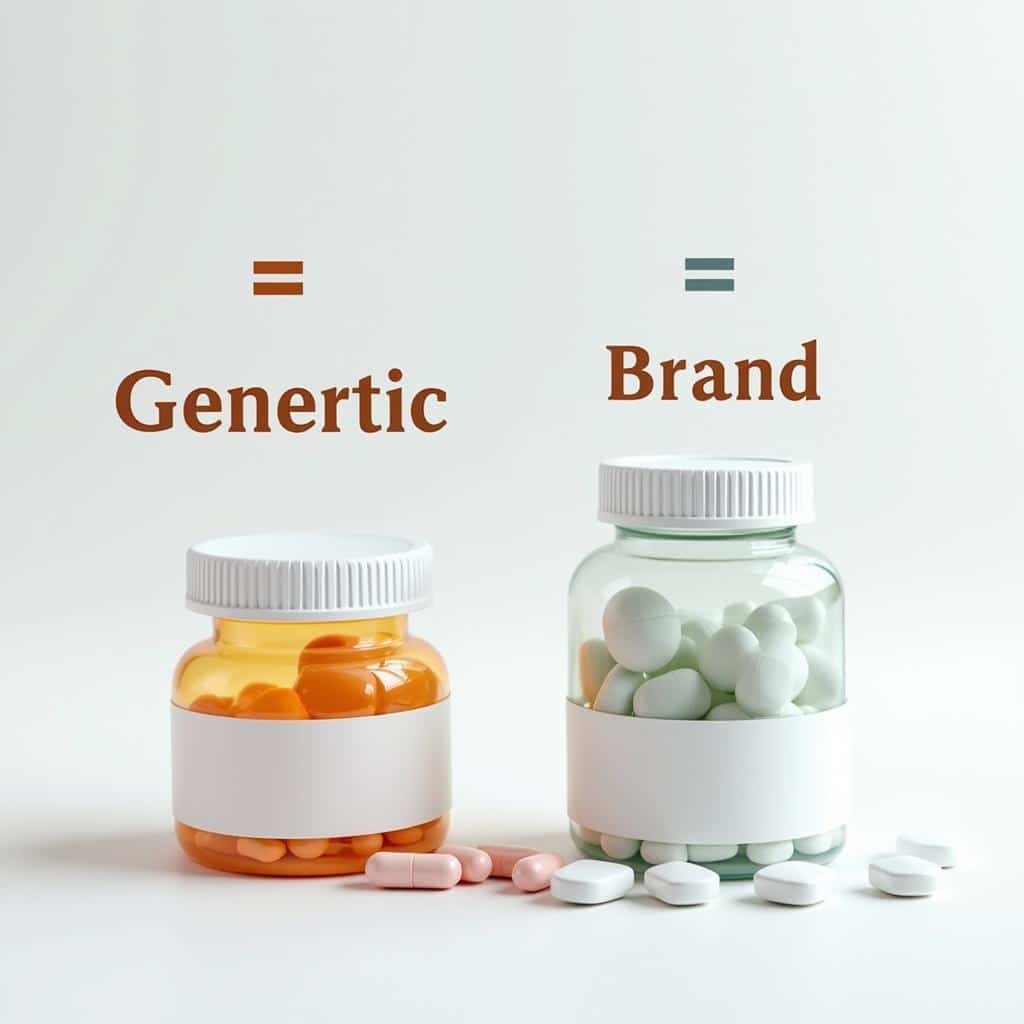
Are there noticeable differences between the original drug and the generic?
There are no major differences between originator medicines and generics in terms of quality, safety or efficacy. A generic medicine must not be less effective or less safe than its original counterpart.
The guarantee is represented by the registration procedure, whose demanding conditions in the Czech Republic are supervised by the State Institute for Drug Control (SÚKL). Both types of medicines - originator and generic - must meet the same strict manufacturing standards set by the Medicines Act.
Generic manufacturers do not invest in long-term research, clinical trials or marketing to the same extent as the original pharmaceutical companies, which allows them to set a lower price for the drug.
Does the generic have the same effects as the original drug?
Generic medicines may have a different name, colour or shape, but therapeutically they have the same effect as their original counterparts.
Manufacturers are required to demonstrate generic equivalence, which means that the drug must contain the same active ingredients, have the same strength, dosage form and be therapeutically comparable - i.e. dissolve, absorb and provide the same clinical effect.
Low price generics
Developing a new drug can cost up to $500 million and take decades. The cost of the original drug therefore reflects the costs of research, testing and marketing.
Generics do not have these costs, but must demonstrate bioequivalence to the original, eliminating the need to repeat difficult clinical trials.
Where and how consumers can request a generic
It is possible to ask your doctor or pharmacist about the possibility of choosing a generic. They will explain the qualitative comparison, therapeutic efficacy and price advantages to the patient.
After the consultation, the patient finds that the generic drug is an effective and cost-effective alternative to the brand-name drug.
Generic prescription
In recent years, there has been more and more talk about so-called generic prescription. This involves prescribing medicines by an international non-proprietary name (INN) instead of a brand name.
This is already enshrined in legislation in many countries and promotes transparency, reduced prices and greater clarity in the healthcare system.
Billion-dollar savings
Thanks to generic medicines, the Czech healthcare system will save at least CZK 4.5 billion annually.
According to the executive director of the Czech Association of Pharmaceutical Companies, Lumír Kroček, without generics, health insurance companies' drug costs would rise dramatically .
